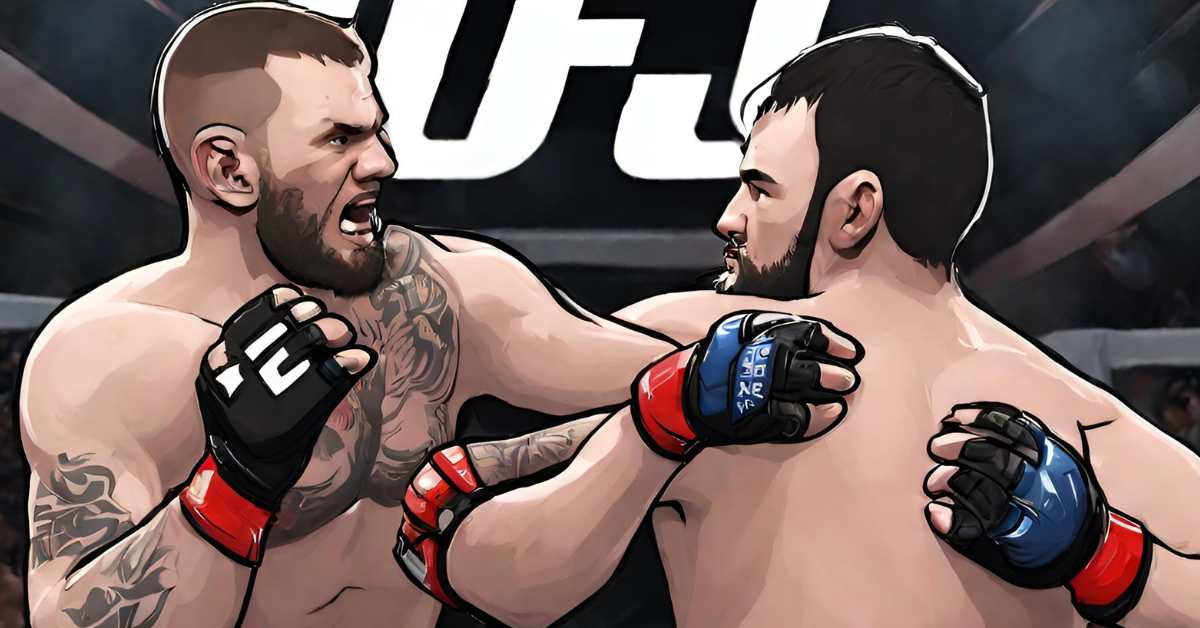Jose Aldo, the legendary former UFC featherweight champion, may have stepped into the octagon for the last time in his storied career at UFC 301. While his legacy as one of the greatest MMA fighters of all time is secure, Aldo’s recent $21,000 bonus under the UFC’s Promotional Guidelines Compliance program is not just a number. It’s a symbol of the progress in UFC fighter compensation, sparking a wider discussion about evolving UFC policies and the value fighters bring beyond their in-cage performances.
Understanding the Promotional Guidelines Compliance Program
The UFC’s Promotional Guidelines Compliance program represents a shift from the prior UFC Athlete Outfitting Policy. Under this new system, fighters are rewarded for diligently fulfilling their promotional obligations. These obligations extend beyond in-cage performances and include:
- Media appearances and interviews
- Adherence to UFC uniform and sponsor requirements
- Maintaining a positive image in accordance with the UFC’s fighter code of conduct
Payouts under this program are tiered, with more experienced and established fighters receiving higher amounts. Aldo’s $21,000 bonus reflects his status as a veteran and former champion in the promotion.
The Evolving Landscape of Fighter Pay in the UFC
The issue of fighter compensation in MMA, and particularly in the UFC, has long been a source of contention. Critics argue that while headline fighters may earn substantial purses, the average UFC fighter struggles to make a living wage. There have been persistent calls for increased revenue sharing to benefit a greater number of athletes on the UFC roster.
While the Promotional Guidelines Compliance program does not directly address base fight purses, it represents a significant shift in the UFC’s approach. It’s an acknowledgment by the UFC that fighters provide value beyond their performances in the octagon. This recognition is a small but significant step towards a more equitable compensation model, making fighters feel that their efforts are acknowledged and valued.
Additionally, fighters like Aldo receive a perpetual royalty payout, generally between 20% and 30%, on any UFC merchandise sold featuring their name and likeness. This offers a form of long-term revenue for popular athletes.
Jose Aldo’s Enduring Impact on MMA
Aldo’s potential departure from the UFC marks the end of an era. His reign as the WEC and UFC featherweight champion was characterized by thrilling title defenses, explosive striking, and ironclad takedown defense that frustrated his opponents. Beyond his undeniable technical abilities, Aldo’s humble demeanor and unwavering sportsmanship solidified his position as a beloved figure, earning him deep respect within the MMA community.
While his decision to continue fighting or retire remains uncertain, Aldo’s financial compensation through the Promotional Guidelines Compliance program highlights his contributions outside the octagon. His commitment to promoting the UFC and projecting a positive image is reflected in this bonus.
The Road Ahead: Fighter Compensation in the UFC
Jose Aldo’s bonus underscores the slow but steady progress being made with regard to fighter pay within the UFC. However, it’s important to maintain perspective. The Promotional Guidelines Compliance program, while a positive development, is a partial solution to the challenges faced by many professional fighters.
Substantial concerns still need to be addressed about inadequate compensation for lower-tier and preliminary card fighters, long-term healthcare needs, and the UFC’s overall revenue-sharing model. The conversation around fighter pay is not just a debate; it’s a call for action. It will undoubtedly continue, and pressure will increase for the UFC to provide fairer and more sustainable income opportunities for the athletes who risk their health and well-being in the pursuit of sporting excellence.
